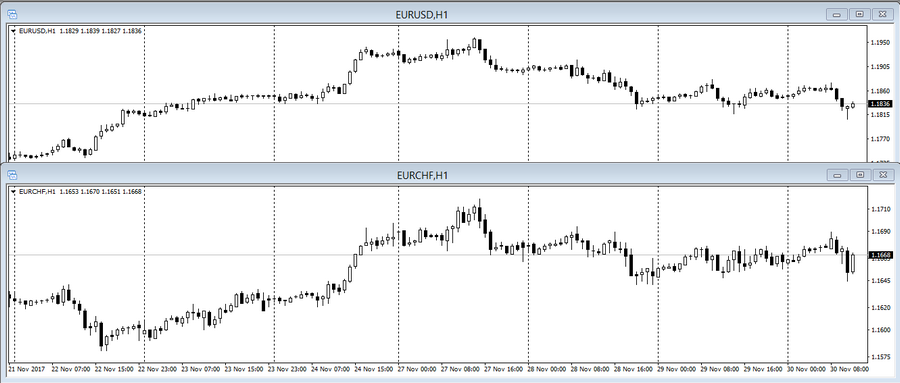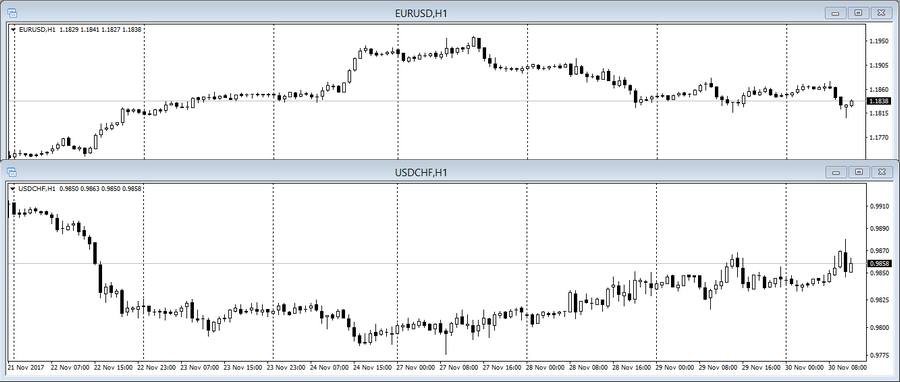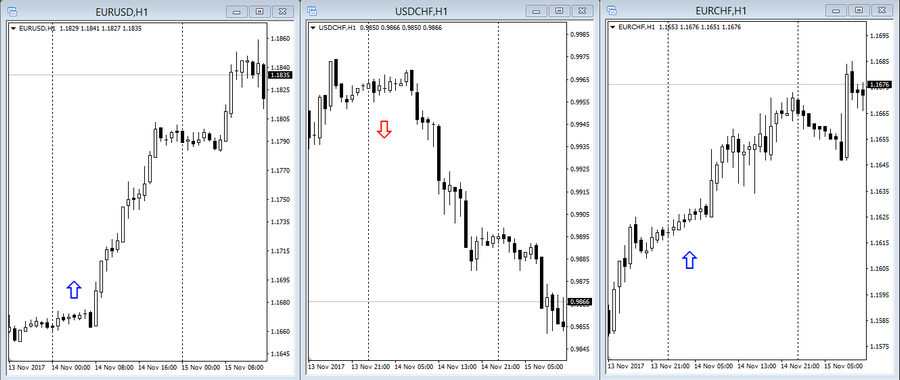
Correlation strategy for trading in the Forex market. Anton Hanzenko.
Continuing the subject of cross-rates and trading on them, one can not forget the topic of the correlation strategy for cross-rates trading. We have already mentioned strategies suitable for both cross-rates and main pairs, but today I would like to talk specifically about strategies for crosses. One of these strategies is the Correlation Strategy.
Correlation Strategy: Basic Principles
The Correlation Strategy is based on the principle of correlation in the Forex market. In general terms, the correlation in the Forex market is a one-way or multi-directionality of individual currency pairs. In fact, correlation is the connectedness of the movement of individual currency pairs. Correlation is not a constant value in the market and changes from time to time. Thus, correlation pairs can completely repeat the dynamics of each other or move in the opposite direction with a certain proportion of compliance.
One of the most widespread examples of correlation is the EUR/USD and EUR/CHF pairs, which have a direct correlation. The pairs move unidirectionally.
An example of an inverse correlation are pairs EUR/USD and USD/CHF, the pairs move in different directions.
The correlation table for currency pairs can be found here. With the help of such tables, we will determine which pairs to monitor and on which crosses to trade.
The essence of the “Correlation Strategy” is that it would reveal a high level of correlation in the main pairs and enter the transaction on a cross-rate.
So, with the inverse correlation of EUR/USD and USD/CHF pairs, we wait for a buy signal for EUR/USD and a sell signal for USD/CHF, after which one should buy EUR/CHF. And with the reverse sequence for sales. With a decrease in EUR/USD and USD/CHF growth, one sells EUR/CHF.
Given the fact that the yield of one item in crosses is higher than in majors, the profit on trade will be significant, even if the cross is insignificant.
Example with direct correlation of GBP/USD and USD/JPY:
With the GBP/USD pair rising, the pound is strengthening, and with the USD/JPY pair rising, the yen is weakening. Therefore, it is advisable to buy a pair of GBP / JPY. The opposite situation with GBP / USD and USD / JPY pairs falling sells GBP / JPY.
The main condition for the “Correlation Strategy” for successful trading will be a correlation coefficient of more than 60. That is, the correlation coefficient must be “+” or “-” greater than 60. The indicator below 60 indicates a low correlation level, which indicates a weak connection between currency pairs.
The principle of the strategy is very simple and at the same time very significant, so the “Correlation Strategy” will be very effective when properly applied.
More details about this strategy and not only can be learned from the training courses offered by Ester Holdings Inc.
Hanzenko Anton



